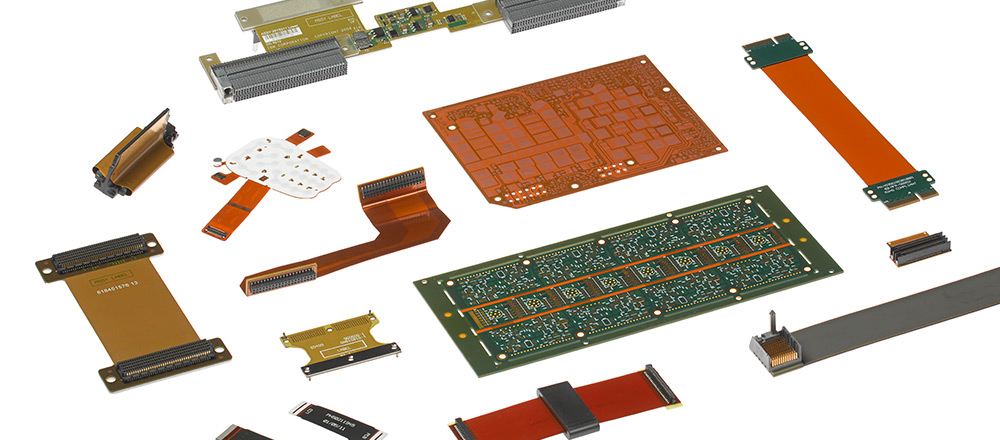3D Medical Device Design—Efficiency and Simplicity Using Flexible Print Circuit Technology
As global healthcare needs soar, demand is on the rise for mobile monitoring, therapeutic, and diagnostic devices. Medical devices have gone from bulky to portable to handheld to the latest wearable technologies for health conscious consumers. Manufacturers are selling to increasingly tech-savvy clinicians and patients accustomed to using a myriad of portable and handheld electronic devices in their daily lives. Devices such as smart phones have set high consumer expectations for powerful features in small form factor medical devices.
Incredible shrinking medical devices require circuitry within tight space and weight parameters, and fast heat dissipation with increased airflow. Anybody who ever packed a suitcase or organized a cluttered closet knows firsthand that the ability of contents to bend or flex is essential to maximizing space and efficiency. Among a number of proven technologies migrating from consumer electronics into medical devices, flex circuits and flexible printed circuit connectors can help designers optimize space in tightly packaged medical devices.
Occupying three dimensions, flexible printed circuits can be bent around packaging and even folded over to fit in a much smaller device enclosure. There are a number of other distinct advantages. Flexible substrates with single, double-sided, and multi-layered circuitry are ideal for high performance signal and power connections at an economical applied cost. Flex products can also be mounted in through-hole, surface mount and press-fit configurations.

Molex flex circuits give the designer greater flexibility and make electronic interconnection simpler and more reliable. Unlike hard board containing woven glass fibers that tend to result in signal loss, the materials, such as polyimide, used in flex circuits maintain signal integrity. Polyimide dissipates heat quickly, so flex does not require cooling from both sides. The flex materials closely match thermal expansion rates, which make it more reliable in hot and cold temperature extremes and temperature fluctuations in mobile healthcare applications.
Device miniaturization using flex circuit technology does require adaptations in production for tighter copper flex spacing and trace width. A precise develop-etch-strip process is required to etch circuits without removing too much copper. Incorporating blind and buried vias can help retain flexibility in designs requiring multiple layers on a flex circuit. Product handling requires extra care to prevent damage to circuit traces.
Using the right materials and manufacturing processes, Molex copper flex delivers sturdy circuitry with high speed capability, impedance control and minimal signal loss for a robust finished medical device. Ultra-reliable flex circuits are excellent for small, lightweight designs with complex high density circuitry. Significantly thinner and lighter than traditional circuit board, flex makes any product naturally lighter, which contributes to overall cost savings and, in some cases, improved patient mobility and comfort.
Representing the successful convergence of consumer electronics and medical equipment, markets for mobile healthcare devices are projected to continue growing. To learn more visit www.molex.com/link/copperflexbackplanes.html. Read a recent round-up article highlighting Molex flex technologies for medical device design: http://www.mddionline.com/article/circuits-flex-their-muscles